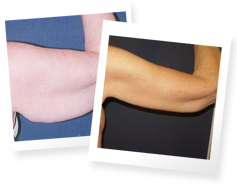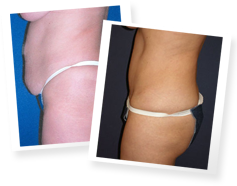 Would you like to look younger and feel more confident about your appearance? You may be considering a facelift. A traditional facelift (rhydidectomy) involves making an incision behind the hairline to lift skin, tighten underlying muscles and tissues, and remove excess skin and fat. This procedure can provide patients with dramatic results that leave them looking years younger.
Would you like to look younger and feel more confident about your appearance? You may be considering a facelift. A traditional facelift (rhydidectomy) involves making an incision behind the hairline to lift skin, tighten underlying muscles and tissues, and remove excess skin and fat. This procedure can provide patients with dramatic results that leave them looking years younger.
Some patients, however, are looking for a less intense procedure. These patients may want to consider a mini facelift (or mini rhytidectomy). Keep reading to learn more about this alternative.
What is a mini facelift?
A mini facelift is a facelift designed to improve the lower section of the face. The procedure works similarly to a normal facelift, but the incisions are smaller and the upper portion of the face is not altered.
Who is a good candidate for a mini facelift?
Because the mini facelift only treats part of the face, it is a popular procedure with younger patients who have noticed signs of aging but who do not need a total facelift. It is common for those who want to improve loose skin on the cheeks and neck, fatty tissue underneath the chin, and the appearance of jowls.
The procedure uses shorter incisions so it is a good option for men or women with short hair, patients who wear their hair pulled back, and patients who like to participate in athletic activities. Because the incisions are smaller, they’ll be less noticeable. There are also no telltale scars behind the ears, which is why this procedure works for those with active lifestyles and shorter hair.
If you choose to undergo this procedure, it is important that you are healthy. This means that smokers are unable to undergo this treatment. If you’re interested in a mini facelift, you’ll need to be nicotine free.
What should you expect from the procedure?
After you’ve scheduled the procedure, you’ll need to avoid taking aspirin, ibuprofen and fish oil before the surgery. During the procedure the patient will be either under general anesthesia or ‘twilight sedation.’ It is an outpatient procedure and an overnight nurse can come to your home or hotel room to monitor your recovery.
After the surgery, patients should avoid strenuous exercise for 3-4 weeks, but most patients can return to normal social activities and work in about one week. If you’d like to learn more about this procedure, schedule a consultation today.





Comments are closed.